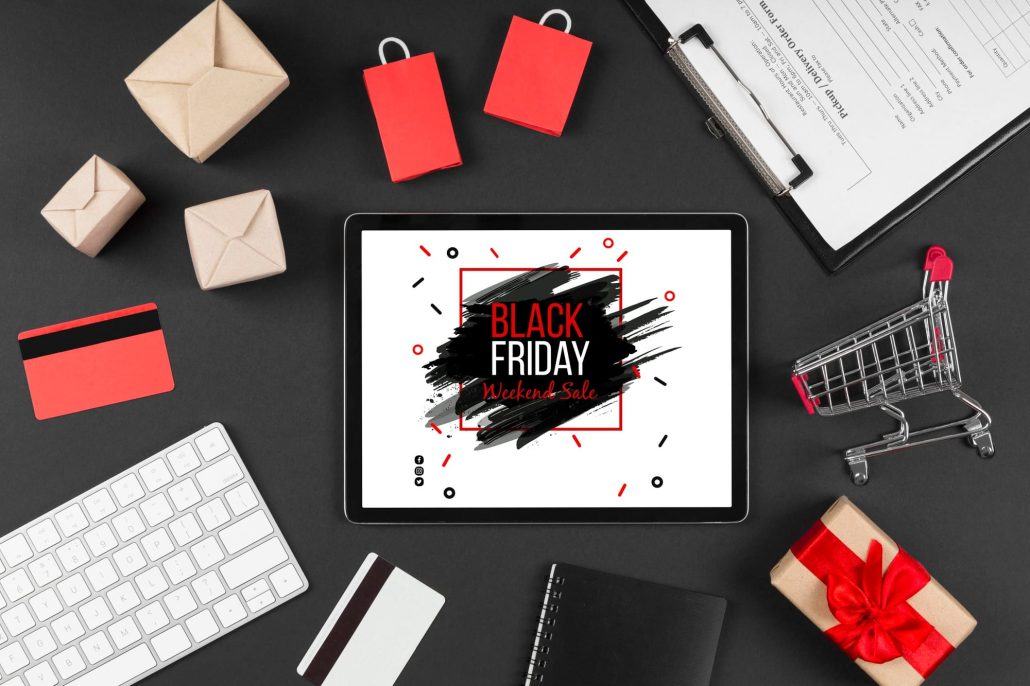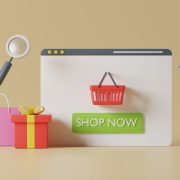5 proven strategies for creating a high-converting e-commerce landing page
Why is a landing page crucial to the success of your campaigns?
In digital marketing, a landing page is much more than just an ordinary web page. It’s a specially designed page with a single goal: to convert a visitor into a customer or potential customer. Think of it as a specially tailored storefront that is designed to directly guide the customer to purchase a specific product or service, without any distractions. Unlike a regular website, which offers a wide range of information and navigation options, a landing page is focused on one specific call to action (CTA). Its effectiveness is measured by its conversion rate – the percentage of visitors who take the desired action. According to statistics, companies with 10-15 landing pages generate 55% more leads than those with less than 10. And those with more than 40 landing pages generate up to 120% more leads! This underscores the importance of optimizing each landing page for maximum performance. In this article, we’ll dive into five proven strategies to help you create a landing page that not only engages, but actually converts and maximizes your marketing ROI.
1. Clear and concise value proposition.
Your landing page only has a few seconds to engage the visitor and convince them that they are in the right place. That’s why a clear and concise value proposition is absolutely key. It should immediately communicate what problem you solve, what value you offer and why the customer should choose you. The value proposition should be placed “above the fold” (in the part of the page visible without scrolling) and should include: a main headline (clearly communicates the main benefit), a sub-headline (expands on the main headline and adds detail), bullet points (succinctly and concisely summarizes the key benefits), and a visual element (an image or video that supports the message). Research shows that a clear and compelling value proposition can increase conversion rates by up to 20-30%. Avoid jargon and focus on language your target audience understands. Remember, the goal is to immediately grab attention and motivate the visitor to take further action.
2. Minimalist design and no distractions.
Unlike a regular website, a landing page should be designed in a minimalistic way, with one goal in mind – conversion. This means eliminating any distracting elements that could divert the visitor’s attention away from the main call to action. Remove the main navigation, sidebars, social media links, and any other elements that could lead the visitor away from the landing page. Every element on the page should serve a single purpose: to encourage conversion. Use plenty of white space to highlight key information and CTAs. The design should be clean, uncluttered, and visually pleasing. Studies show that removing navigation can increase conversion rates by up to 100%. A minimalist design helps keep the visitor’s attention focused on the offer and call to action, increasing the likelihood of conversion.
3. Strong Call to Action (CTA): Guide to purchase
The call to action (CTA) is the heart of every landing page. It needs to be clear, concise and motivating. The text of the CTA should be actionable and should clearly communicate what will happen when clicked. Instead of “Submit”, use “Get a free consultation” or “Download the e-book now”. Use contrasting colors to visually differentiate the CTA button from the rest of the page. Place the CTA strategically “above the fold” and repeat it at the bottom of the page if the page is longer. Research shows that personalized CTAs can increase conversion rates by up to 202%. In addition, consider using micro-animations or hover effects to draw attention to the CTA button. Remember, the goal is to make it easy for the visitor to take the desired action and remove any obstacles.

4. Social proof and credibility: build trust
In an online environment, building trust is absolutely key. Social proof is one of the most powerful tools to overcome uncertainty and increase credibility. The landing page should display: customer reviews and ratings (ideally with name and photo), logos of well-known clients or partners, testimonials from experts, numbers of satisfied customers or downloads, and certificates or awards. These elements confirm that your offer is credible and that other people have already had a positive experience with you. According to surveys, up to 81% of customers read reviews and ratings before making a purchase. Displaying social proof can increase your conversion rate by up to 15-20%. Make sure the social proof is authentic and relevant to your target audience.
5. Mobile optimization and loading speed.
In this day and age, when the majority of internet traffic comes from mobile devices, optimizing your landing page for mobile is absolutely essential. Your landing page needs to be fully responsive and adapt to different screen sizes. This means that text, images, and CTA buttons should be easy to read and click on any device. In addition, page load speed is critical. Google research shows that up to 40% of visitors will leave a website that takes longer than 3 seconds to load. Even more alarmingly, each additional second of loading time can reduce conversion rates by up to 7%. Optimize images, minimize code, and use caching to make your landing page load as fast as possible. A fast and mobile-optimized landing page not only improves the user experience, but also has a positive impact on SEO and increases the chances of conversion.
Turn visitors into loyal customers
Creating a high-converting landing page is both an art and a science. By implementing these five proven strategies – from a clear value proposition and minimalist design, to a strong call to action and building trust through social proof, to mobile optimization and load speed – you can dramatically improve the performance of your marketing campaigns and convert more visitors into paying and loyal customers. Remember, even small changes can yield big results. Start with one or two points that you think have the most potential for your particular e-commerce store, and gradually implement others. Measure your results and continually learn from the data.
Do you want to join the successful ones?
Book your free no-obligation consultation today!
Let’s find a solution together to keep your Facebook campaigns effective in the long term
Contact us at [email protected] or +421 905 308 888
You might be interested in…
Web design
Your website is your calling card in the digital world. We’ll create a design that engages and sells. Find out more in the Web design section.
Creation of web pages
Need a website that not only looks great, but sells? We will create you a modern customized website. Find out more in the section Website development.
SEO – search engine optimization
Do you want to be at the top of Google? Our SEO optimization will bring you more customers. More in the SEO section.




